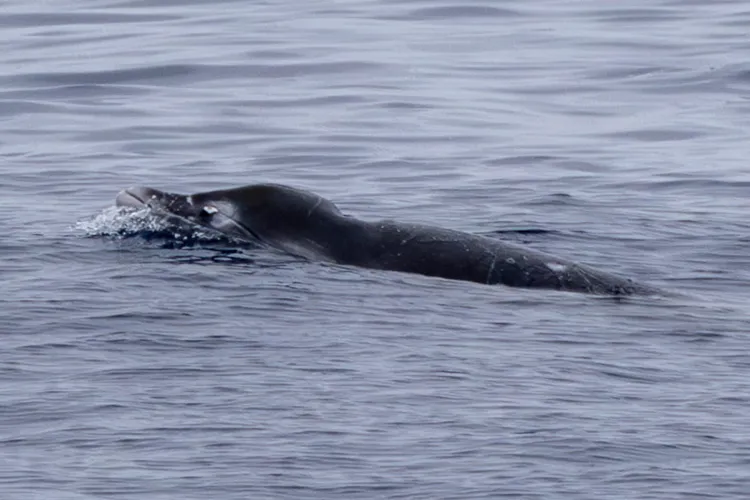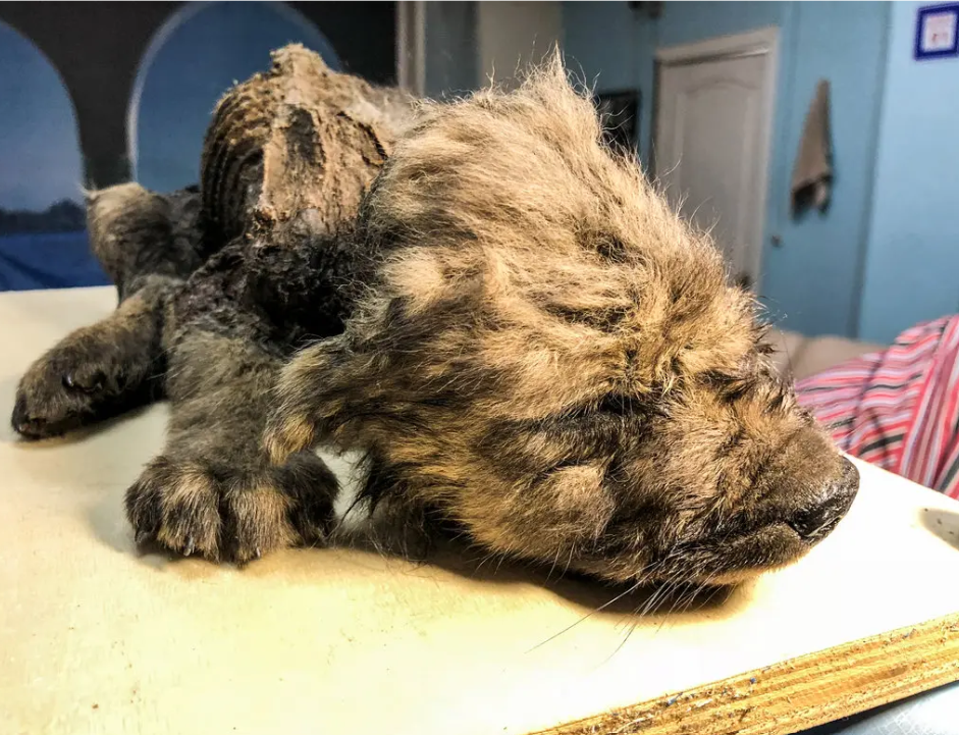In June 2024, researchers aboard the R/V Pacific Storm near the coast of Baja California, Mexico, experienced a milestone in marine science: the first confirmed photographs of the elusive ginkgo‑toothed beaked whale (Mesoplodon ginkgodens) living in its natural habitat. Until this expedition, the species had only been documented as stranded carcasses — making this moment the first-time scientists captured both images and genetic proof of the species alive at sea.
The Search and Sighting

The mission officially occurred in June 2024, when the team of researchers from Oregon State University and the U.S. Naval Information Warfare Center set out aboard the Pacific Storm near Baja California, Mexico, in search of rare and poorly-understood deep-diving whales.
During the expedition, they detected underwater calls labelled “BW43”—a distinctive acoustic signature that had puzzled scientists since 2020 and was suspected to be from this or a similar species.
Photographer Craig Hayslip captured images of what appeared to be juvenile whales briefly surfacing. Meanwhile, researcher Robert Pitman used a small dart to collect a tissue sample, enabling later genetic confirmation.
Verification and Publication
Laboratory testing of the tissue sample confirmed that the whales observed were indeed ginkgo-toothed beaked whales — making this the first time the species had been verified alive in the wild.
The findings were documented in a scientific paper published in the journal Marine Mammal Science in 2025, under the title “First At-Sea Identifications of Ginkgo-Toothed Beaked Whale (Mesoplodon ginkgodens): Acoustics, Genetics, and Biological Observations Off Baja California, México.”
Lead author Elizabeth Henderson described the moment as years in the making—“I can’t even describe the feeling … we finally had it.”
What Makes This Species So Elusive

Ginkgo-toothed beaked whales are part of the family Ziphiidae — deep-diving, rarely seen cetaceans that spend most of their lives far underwater and surface only briefly.
Until now, nearly all knowledge of this species came from stranded individuals; live sightings had remained unconfirmed.
The use of specialized hydrophones to detect the calls and acoustic signatures was key in locating the whales. In this case, the detection of BW43 calls helped guide the research vessel to the right zone.
The successful photography and sampling now open the door to studying the species’ behaviour, distribution, and biology in the wild — all of which were previously speculative.
Implications and Next Steps

With confirmation that ginkgo-toothed beaked whales are present and observable off Baja California, scientists can begin to map their range more accurately and assess their conservation status.
Because beaked whales are highly sensitive to ocean noise (such as sonar) and deep-diving disturbances, gathering this kind of data is critical for informing human impact assessments in deep waters. Future research will aim to collect more sightings, acoustic recordings and behavioural data to answer longstanding questions about how this species lives, feeds and interacts with its environment.
This achievement marks a pivotal moment in marine science. After decades of mystery and only fragmentary evidence, researchers have not only seen the ginkgo-toothed beaked whale alive, but captured its voice, its image, and a piece of its DNA. It reminds us how much of our ocean remains uncharted, and how even today remarkable discoveries await beneath the waves.

Hi, I’m Andrew, and I come from India. Experienced content specialist with a passion for writing. My forte includes health and wellness, Travel, Animals, and Nature. A nature nomad, I am obsessed with mountains and love high-altitude trekking. I have been on several Himalayan treks in India including the Everest Base Camp in Nepal, a profound experience.



